Kissimmee Park Observatory gets an upgrade starting in 2021
Due to the great interest in our private observing sessions this year, it is time to begin the expansion of the observatory’s facilities over the next year. The new physical layout is shown above. We will be adding a new outside observing deck, a bathroom, and adding boardwalks between them.
Here is a progress update from Feb 2022.
KPO Reflector gets moved to new Observing Deck
The biggest change is the venerable KPO 18″ Reflector will be replaced with a new and more modern astrophotography system. The scope will be moved out to a new 15′ x 15′ observing deck, and will be protected from the elements by a “roll-back” observatory building.
This will have three main advantages:
- The scope and eyepiece will be much lower to the ground, which will completely remove the need for the large observing ladder. This will generally make observing easier for everyone, as a ladder will no longer be needed, even for children. We have noticed that some people, primarily kids, have worries about climbing the large (but very stable) ladder.
- The scope will have access to the entire sky, which will allow us to view celestial targets right at the zenith. In the main KPO dome, the highest objects we can view is limited to about 65 degrees altitude. This will allow more targets to be viewed in a observing session.
- This will also improve the entire experience for larger groups because we will not need to cram the group into the observatory during a public session.
A New Telescope and Imaging System
The KPO Reflector and control system hardware and software was state-of-the-art when it was created in the early 2000s. But nearly 20 years have passed and the recent advances in astrophotography imaging and control systems are amazing. And recently new high end optical systems have become available at more reasonable price points.
Orion 12″ Ritchey-Chretien Optical Tube Assembly (OTA)
The new brands of open truss tube Ritchey-Chretien optical systems have brought the price of RC optics to a reasonable level. Ritchey optical system have zero chromatic and spherical aberration, and the field is flat corner to corner. Previously large and heavy telescopes were required to get enough image scale (with their long focal lengths) and to capture enough light to image smaller fainter deep sky objects, such as planetary nebulae and galaxies. Not so with these truss tube open design OTAs.
The candidate 12″ optical tube will be purchased last in the upgrade process, after the robotic telescope mount (see below). As the light path is folded between the primary and secondary hyperbolic mirrors, the tube will be relatively short (38″) but the focal length will be 2432mm (f/8). This is ~400mm longer than the KPO reflector, so inherent magnification is significantly higher.
The optical tube weighs 53 pounds, about half the weight of the 18″ KPO Reflector optical tube. This will allow for a smaller telescope mount. The existing 5″ Orion Refractor will be moved from the 18″ KPO Reflector to the new 12″ RC, and will be used for optical guiding during astrophotography. Even with this added weight, the required telescope mount can be significantly smaller than that of the KPO Reflector. Speaking of which…
iOptron CEM-120 Robotic Center-Balanced Equatorial Mount
The new robotic telescope mount for the new astrophotography kit is substantially smaller than that of the KPO Reflector, but is significantly more sophisticated in its connectivity and accuracy. This will be purchased after the KPO Reflector is moved out of the main observatory and installed on the outside observing deck.
“iOptron developed the CEM120 after identifying a growing demand for accurate and stable equatorial mounts that are versatile enough to carry heavier loads and more intricate imaging arrays. The CEM120 has all the advantages of iOptron’s innovative “center balance” design such as stability, accuracy, and smooth mechanical performance, while also being able to accept a payload of up to 115 pounds (52 kg). The natural stability of the “center balance” design comes from the concentration of mount and payload weight directly over the center of the pier or tripod.
The high performance of the CEM120 is evident by its low ±3.5 arc second periodic tracking error.”
New Astrophotography Imaging System
We are going to graduate from imaging with our Canon 60D DSLR camera to full blown CCD imaging. This is one of the areas that the technology has greatly progressed in recent years. These items will be purchased first to allow system integration and testing. And besides, they are very cool toys for an astronomer to play with!
ZWO ASI1600MM Pro Monochrome Camera
With it’s 4/3 CMOS sensor and 3.8 micron sized pixels, this 16 MegaPixel camera will allow imaging of small deep sky objects.
In combination with the Photron 12″ RC, the imaging system will be a bit oversampled, but 2×2 binning will bring the combination into the proper sampling zone (0.67 arcseconds per pixel). The pixel array is 4656 x 3520, so images generated will be high resolution, even at 2×2 binning. The camera weighs 14 ounces.
This whole imaging assembly will be mounted at the lower end of the 14″ RC which will provide easy access – no more running up and down the ladder to make adjustments!
Camera was procured in July 2021.
ZWO ASI120MM-S Superspeed Monochrome CMOS Camera
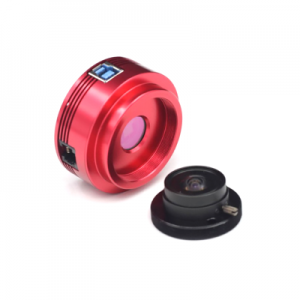 This lower resolution camera will be used for optical guiding, and it will be attached to the Orion 120mm Refractor, mounted on top of the 14″ RC OTA. This will relay star movement information to the iOptron CEM-120 mount for optical star lock and guiding.
This lower resolution camera will be used for optical guiding, and it will be attached to the Orion 120mm Refractor, mounted on top of the 14″ RC OTA. This will relay star movement information to the iOptron CEM-120 mount for optical star lock and guiding.
The camera has a 1/3″ sensor, with an imaging array of 1280 x 960 pixels, 3.75 microns each. It has a USB 3 interface which will allow fast transfer of guiding data.
Camera was procured in July 2021.
ZWO 8-Position Electronic Filter Wheel
 This eight position filter wheel, inserted between the main camera and the focuser, will allow for multiple types of imaging:
This eight position filter wheel, inserted between the main camera and the focuser, will allow for multiple types of imaging:
- 4 slots for standard LRGB (Luminance, Red, Green, Blue) imaging
- 3 slots for Narrowband imaging, for Ha (Hydrogen Alpha), SII (Sulpher II), and OIII (Oxygen III) – this will allow imaging through the increasing light pollution
- One slot for an opaque filter used for collecting Dark images (used to remove noise)
The filter wheel can be rotated by the control system to automatically select the type of filter required in the pre-programmed imaging run.
Filterwheel was procured in July 2021.
ZWO ASIAIR Pro WiFi Camera Controller
And now for the pièce de résistance – the ZWO ASIAir Pro. This little wonder of a device replaces the external computer that has been so long a staple requirement in astrophotography. The ASIAir Pro provides a wireless interface to a dedicated app on an iPad or iPhone, to allow the complete control of all devices in the astrophotography kit.
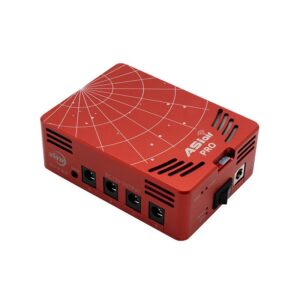 The ASIAir Pro has multiple switchable 12 VDC output ports to supply power to the Main Camera, Guide Camera, Filter Wheel, and Telescope Mount, to allow total control of all components. It has multiple USB 2 and 3 ports for communication with all devices.
The ASIAir Pro has multiple switchable 12 VDC output ports to supply power to the Main Camera, Guide Camera, Filter Wheel, and Telescope Mount, to allow total control of all components. It has multiple USB 2 and 3 ports for communication with all devices.
The ASIAir Pro automates highly accurate polar alignment, electronic focusing, capturing of images, and total scheduling of an observing series runs. It automates a meridian flip of the mount to allow all-night imaging.
It also does plate solving to accurately position the telescope in exactly the same location to permit multiple night imaging of an celestial target.
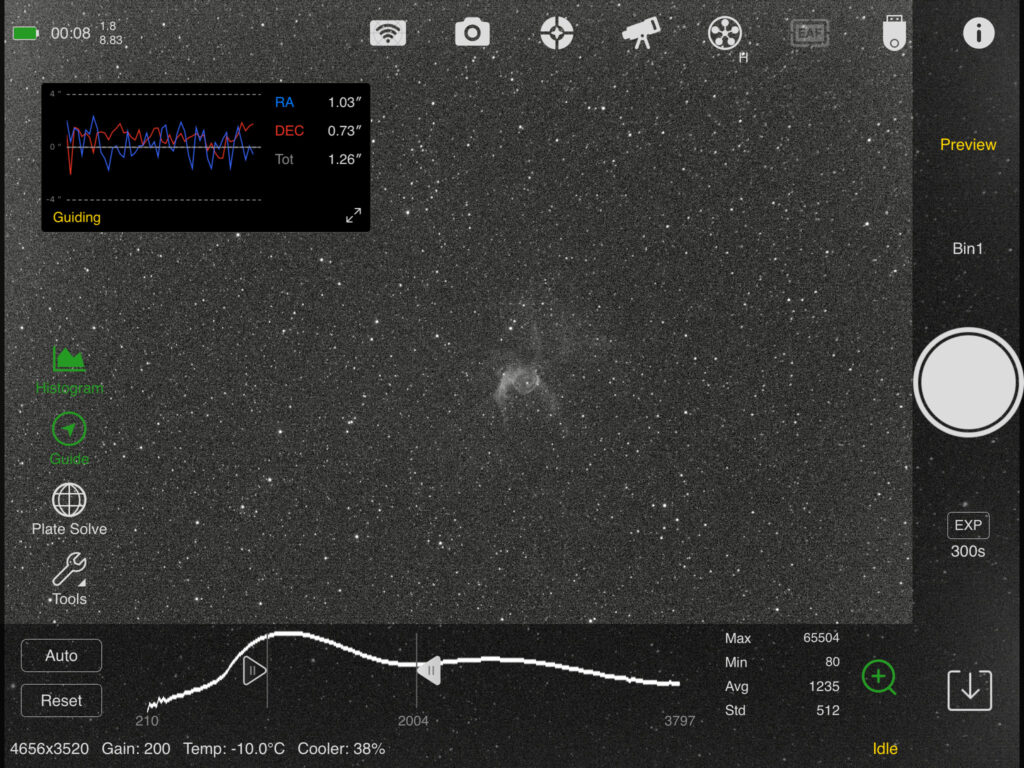
This screenshot from the iPad shows the ASIAir Pro as it is tracking a target. The image displayed is the recent capture from the CCD camera.
ASIAir Pro was procured in July 2021.
Imaging System Connectivity
The below diagram show the required connections for all devices in the astrophotography kit.

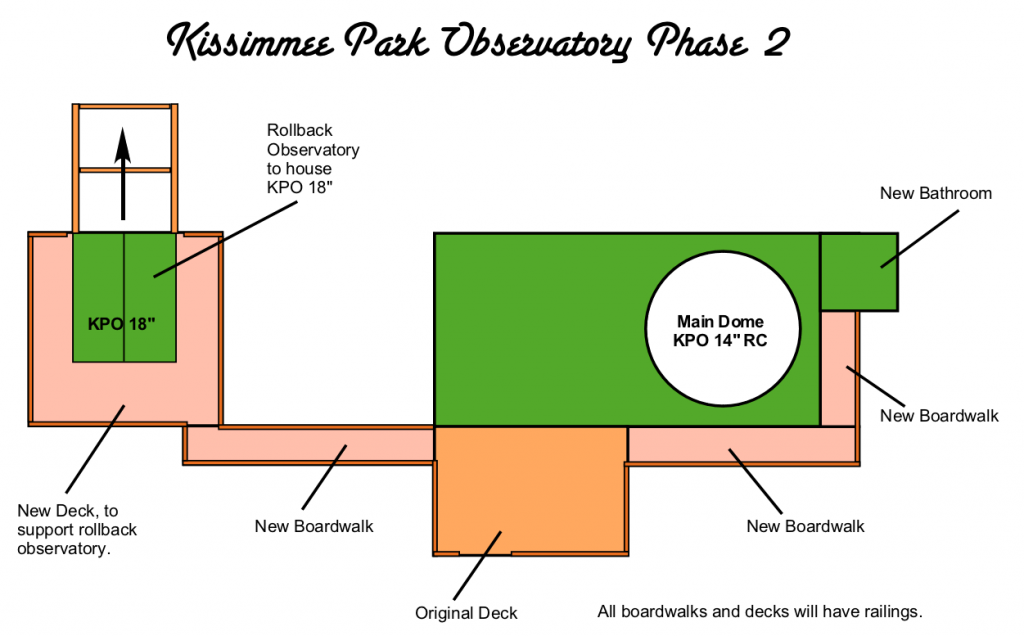
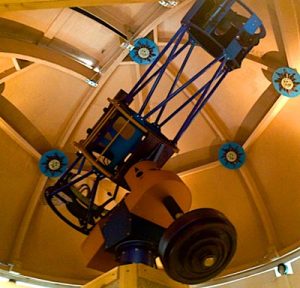
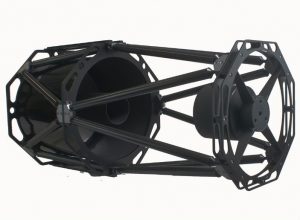
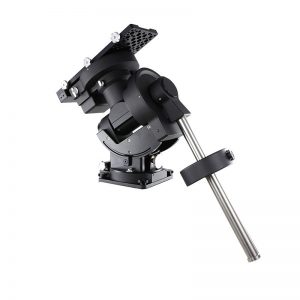
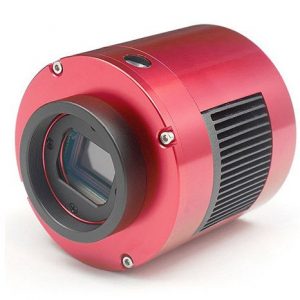
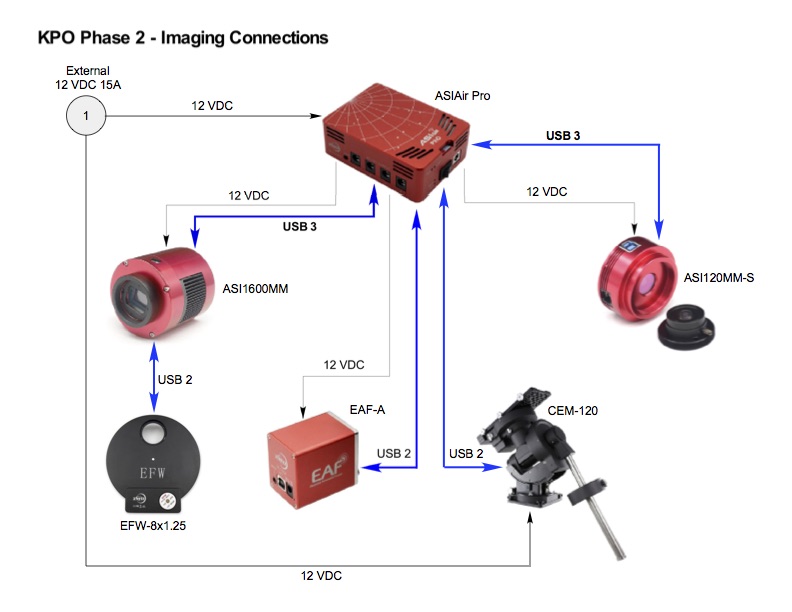
This is all very exciting! I’m very happy that you’re able to put all this together.